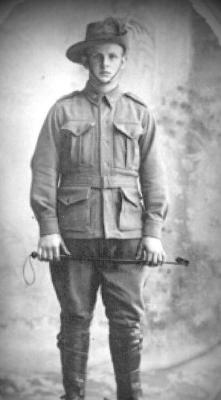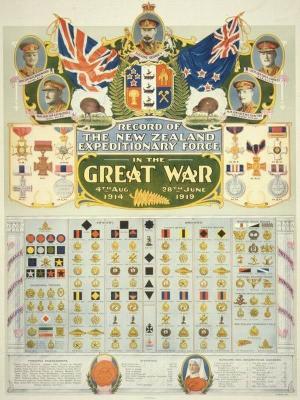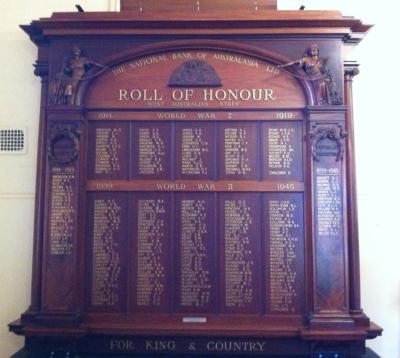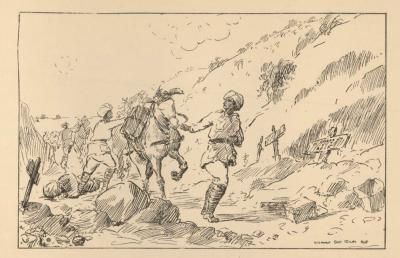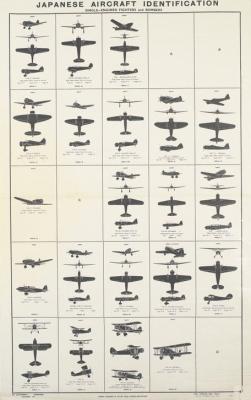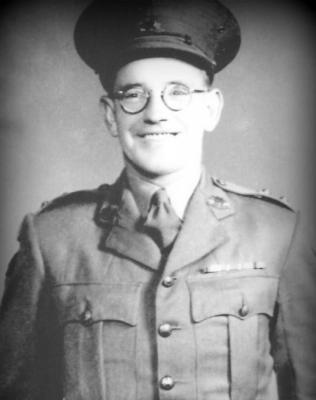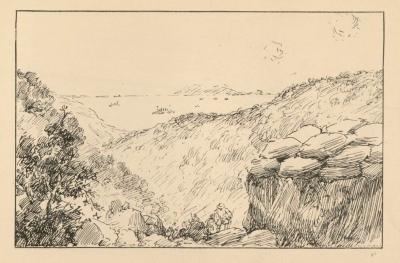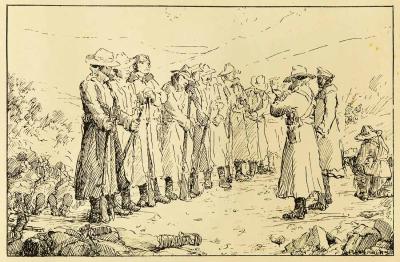Medal - British War Medal 1939-45
The War Medal 1939–1945 is a disc, 36 millimetres in diameter. The non-swivelling straight bar suspender is attached to the medal with a single-toe claw mount and a pin through the upper edge of the medal. The British issue medals were struck in cupro-nickel. The medal is sometimes incorrectly referred to as the "Victory Medal" for the Second World War.
The obverse shows the crowned effigy of King George VI, facing left and signed "PM", the initials of designer Percy Metcalfe, below the truncated neck of the effigy. Around the perimeter is the legend "GEORGIVS VI D:G:BR:OMN:REX ET INDIAE IMP
The reverse shows a lion standing wanton on the body of a double-headed dragon. The dragon's heads are those of an eagle and a dragon, to signify the principal occidental and oriental enemies during World War 2. At the top, just to the right of centre are the years "1939" and "1945" in two lines. The initials "ECRP" of designer Edward Carter Preston are near the rim at the nine o'clock position. Preston also designed the bronze memorial plaque which was presented to the next-of-kin of British servicemen and women who fell during the First World War.
The War Medal 1939–1945 was instituted by the United Kingdom on 16 August 1945 and was awarded to all full-time personnel of the armed forces and Merchant Navy for serving for 28 days, irrespective of where they were serving, between 3 September 1939 and 2 September 1945 inclusive, the full duration of World War 2. The medal was awarded to personnel whose required service period was terminated prematurely by death, disability due to service or capture as a prisoner-of-war and whose service qualified them for one of the Second World War Campaign Stars.
Details
Details
The ribbon is 32 millimetres wide, with a 6½ millimetres wide red band, a 6½ millimetres wide blue band and a 2 millimetres wide white band, repeated in reverse order and separated by a 2 millimetres wide red band. The ribbons for the War Medal as well as those of the Second World War Campaign Stars, with the exception of the Arctic Star, were devised by King George VI.
Emblems
A bronze oak leaf emblem is worn on the ribbon to signify a mention in despatches, a King's Commendation for Brave Conduct, or a King's Commendation for Valuable Service in the Air.
The recipient's name was impressed on the rim of medals awarded to Australians.
The Australian Army Museum of WA collection retains multiple examples of this medal either singly or in groups as an ongoing memorial to the service and sacrifice of Western Australians. Medals are displayed in context throughout the Museum. All medals are identified, archivally stored and those not on display are accessible and viewable with prior notice.
Australian Army Museum of Western Australia
Australian Army Museum of Western Australia
Other items from Australian Army Museum of Western Australia
- World War 1, Australia, Western Australia, FIRNS 10 Light Horse
- Medals - Combined Display of Australian Honours and Awards
- Poster - Australian Imperial Force Colour Patches
- Poster - New Zealand Expeditionary Force Badges and Colour Patches
- Honour Board- National Bank of Australasia (World War 1, World War 2)
- World War 1, South-West Asia, Turkiye, Gallipoli, Anzac Cove, SILAS, "Crusading at Anzac"
- Poster - Japanese Aircraft Identification
- World War 1, Australia, Western Australia, 265 EAVES, 10 Light Horse
- World War 1, Australia, Western Australia, 266 EDWARDS, 10 Light Horse
- World War 1, South-West Asia, Turkiye, Gallipoli, Anzac Cove, SILAS, "Crusading at Anzac"
- World War 1, South-West Asia, Turkiye, Gallipoli, Anzac Cove, SILAS, "Crusading at Anzac"
- Railway Operating Division - World War 1, Technical Drawing, GARBETT, 1917
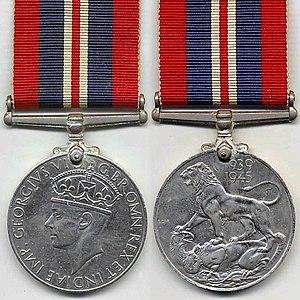

Scan this QR code to open this page on your phone ->

